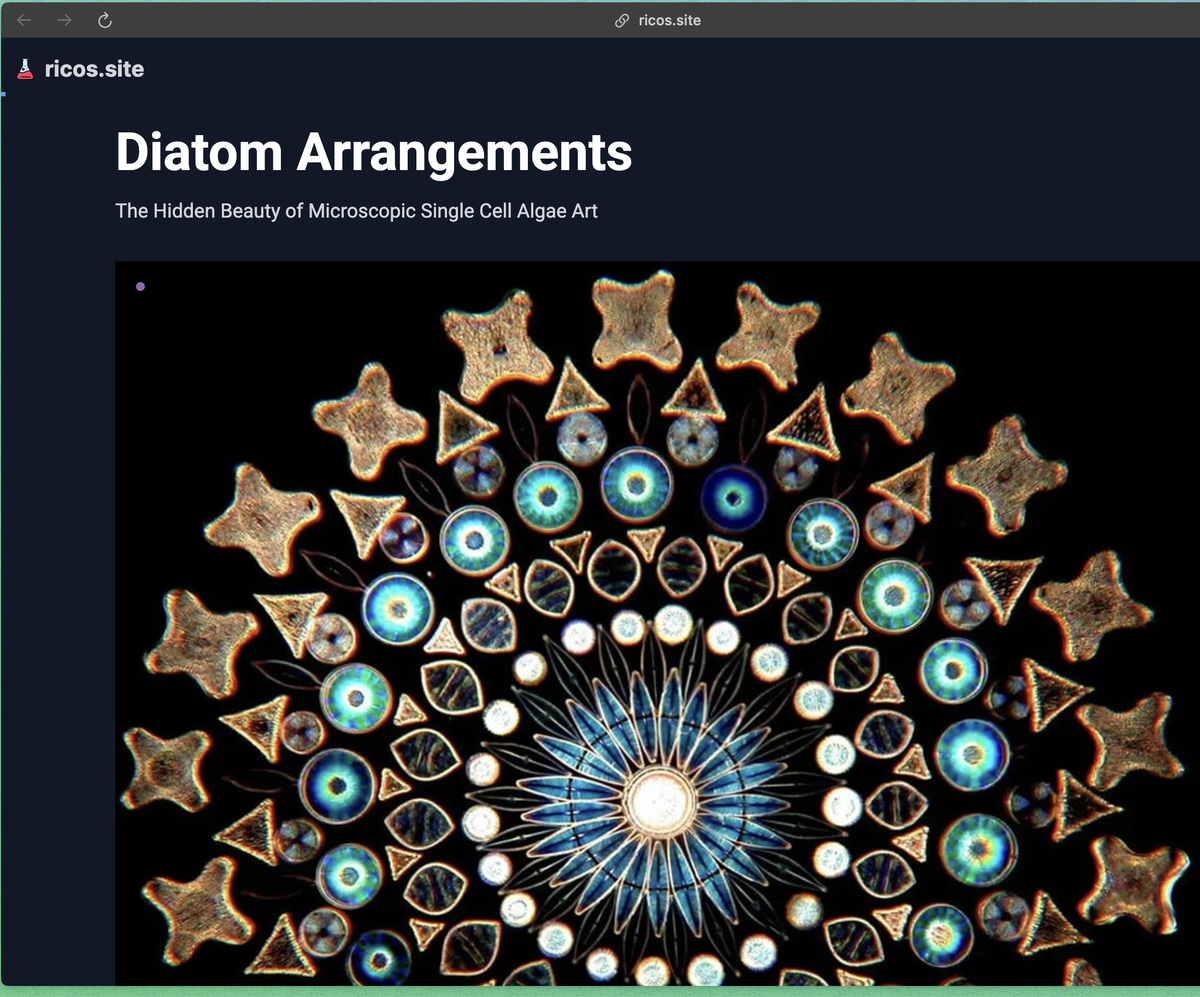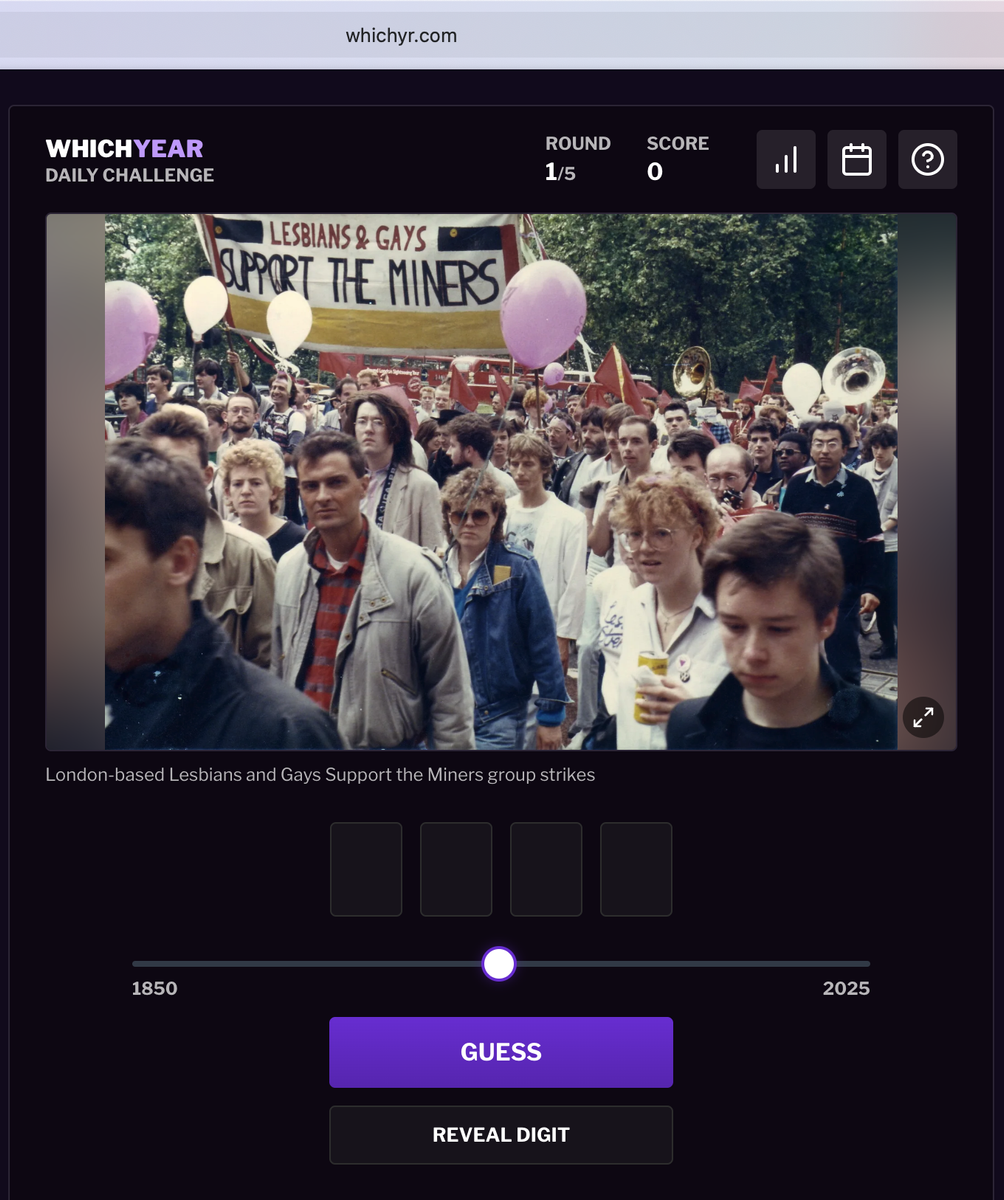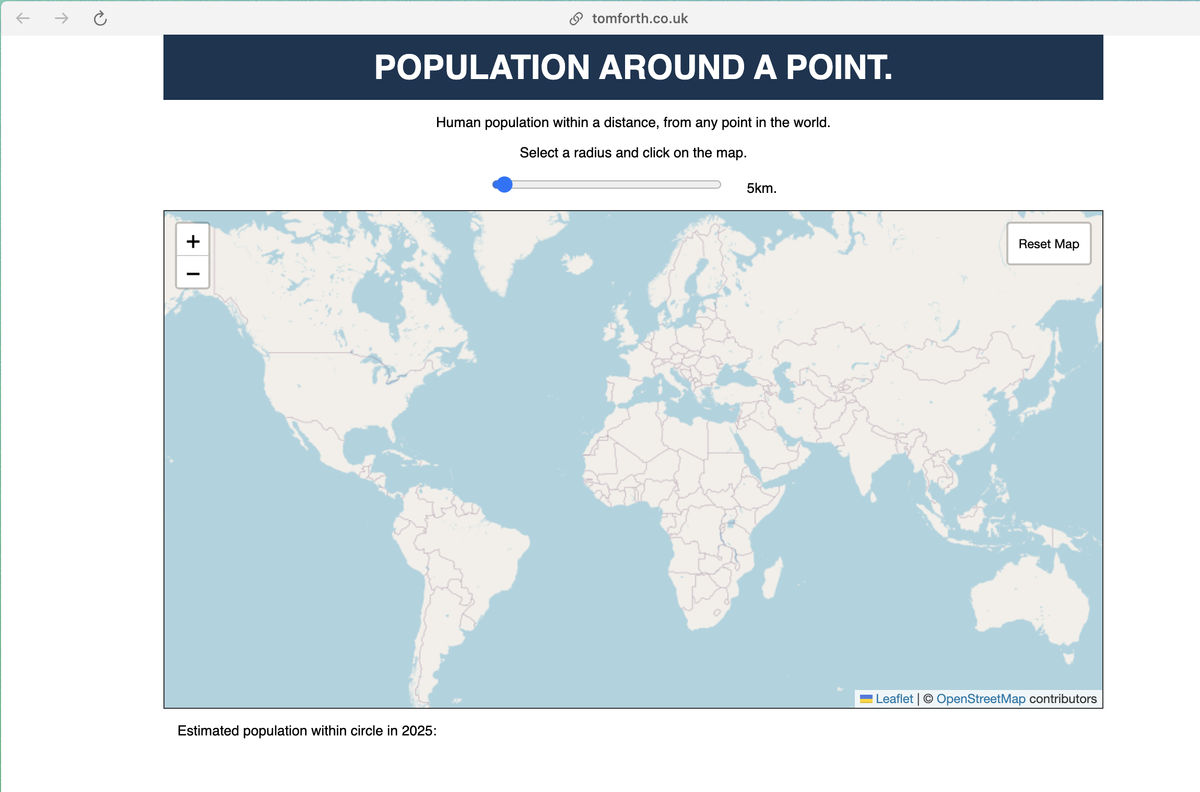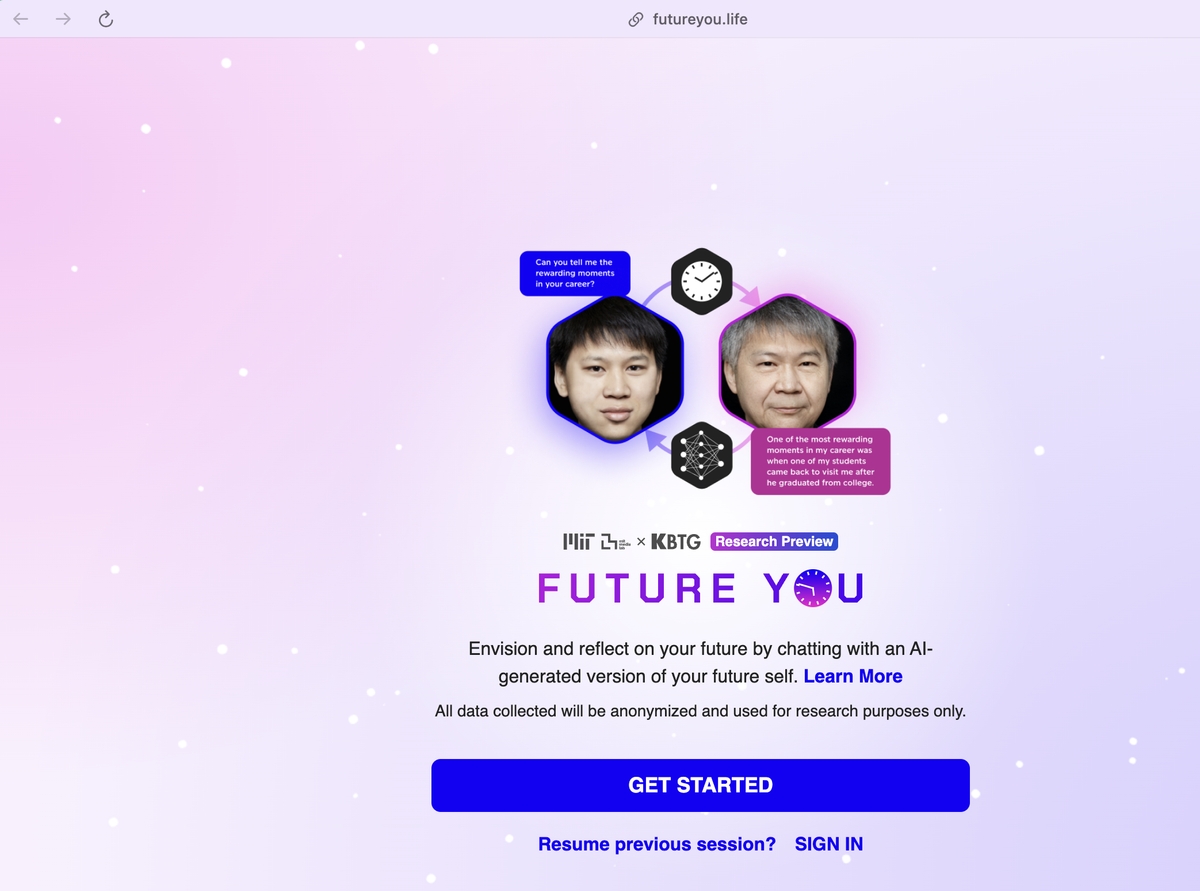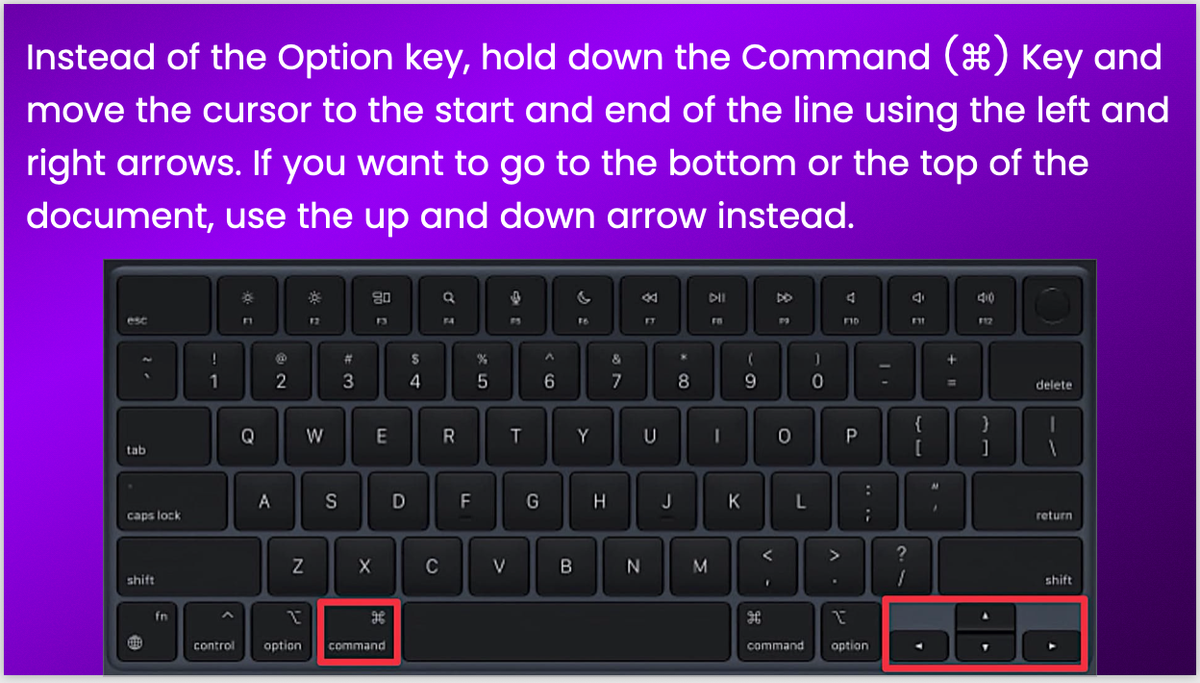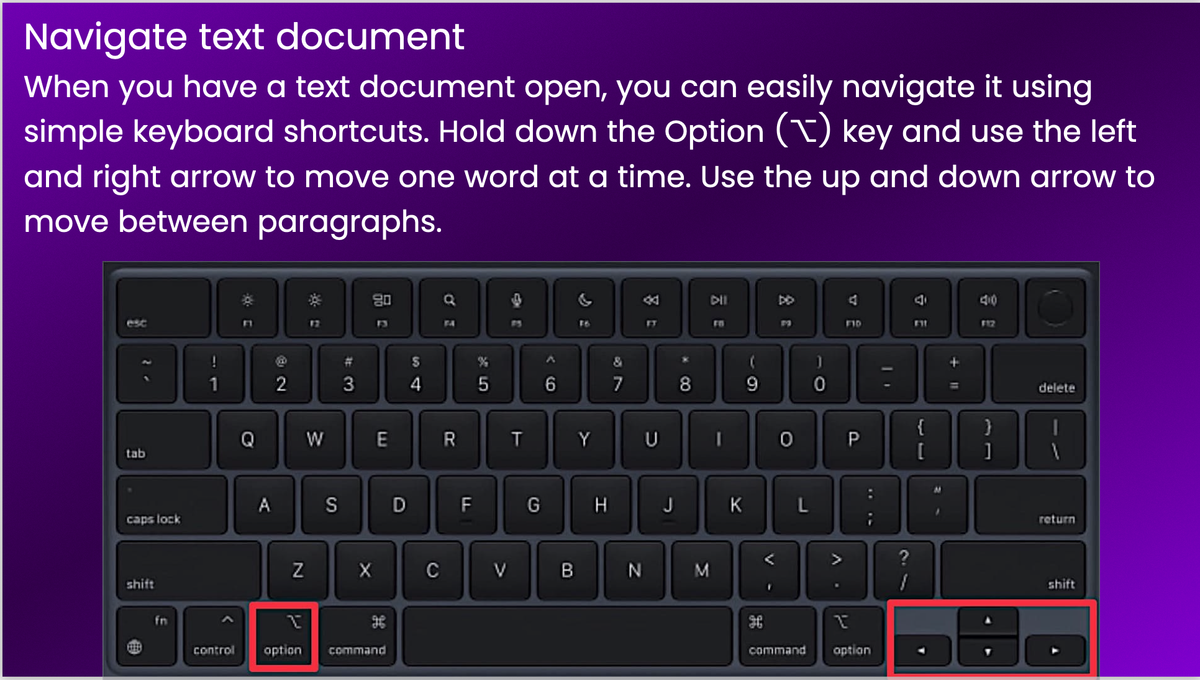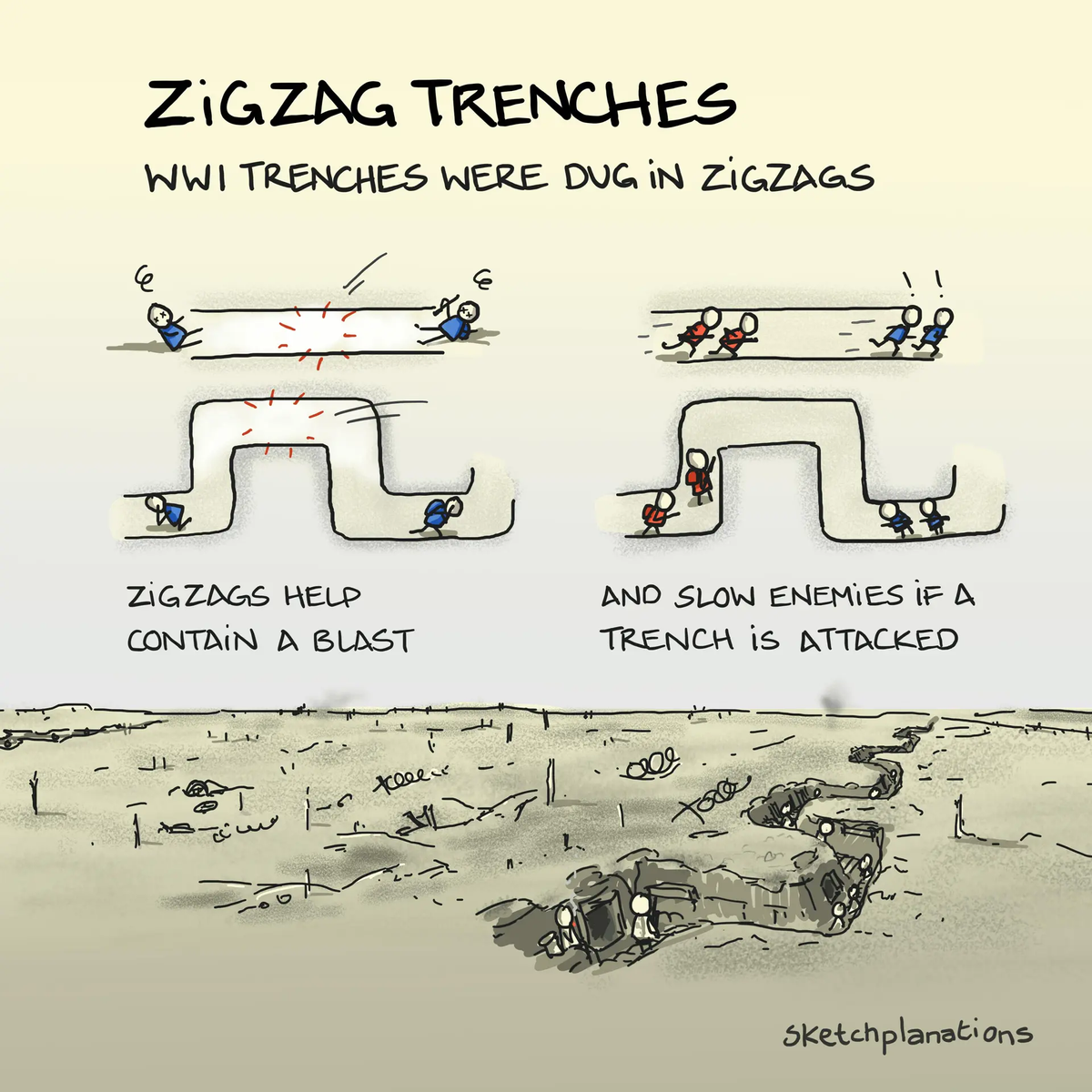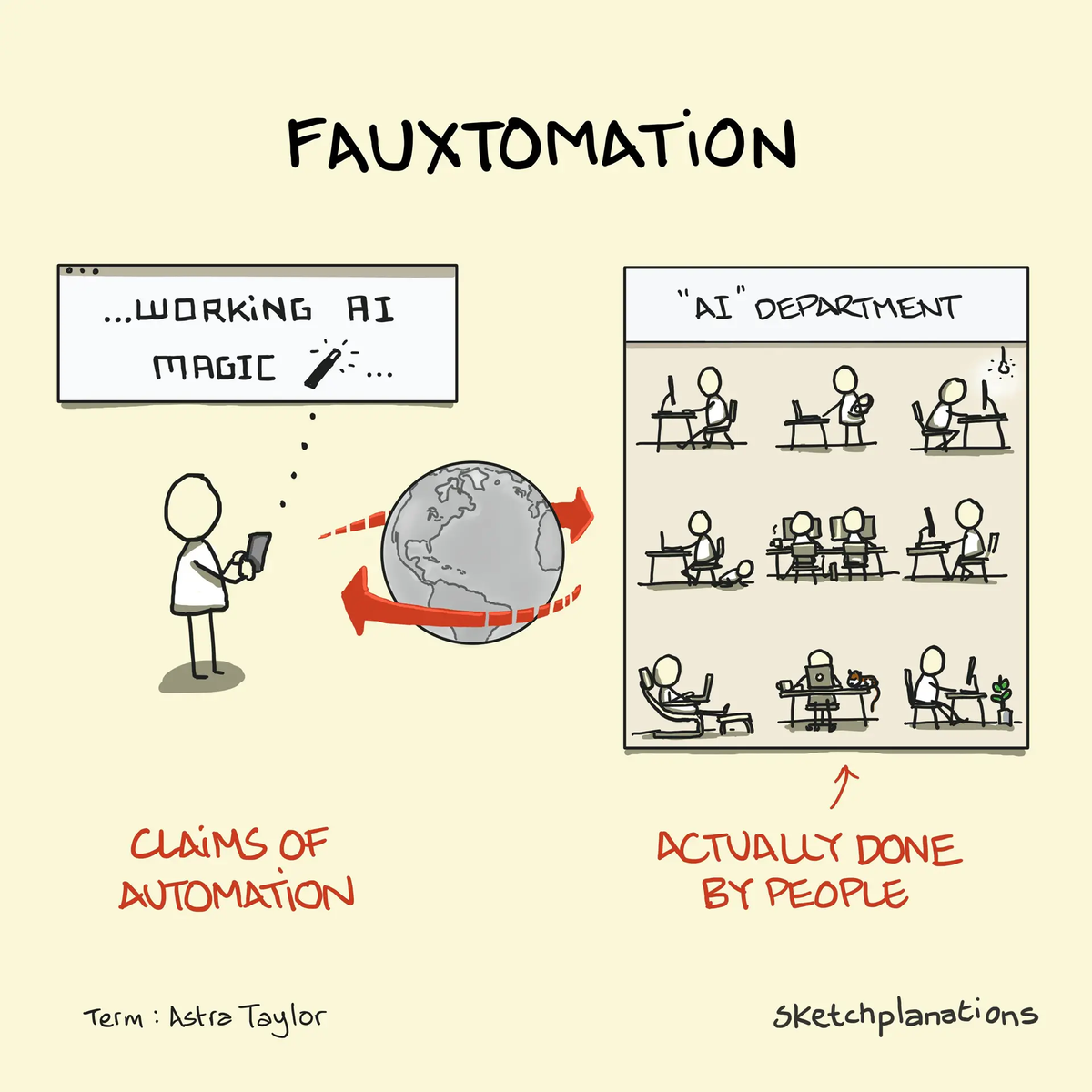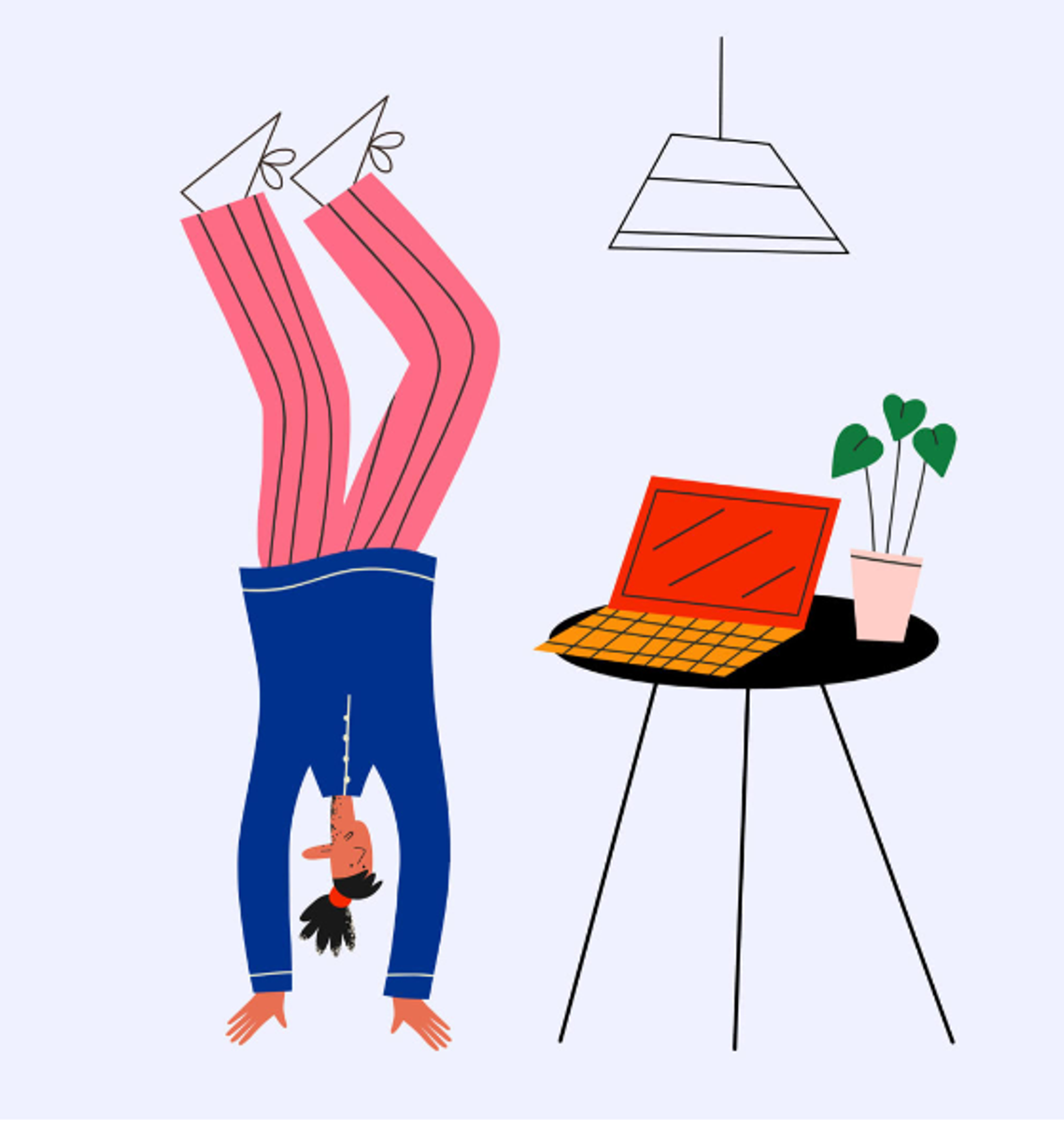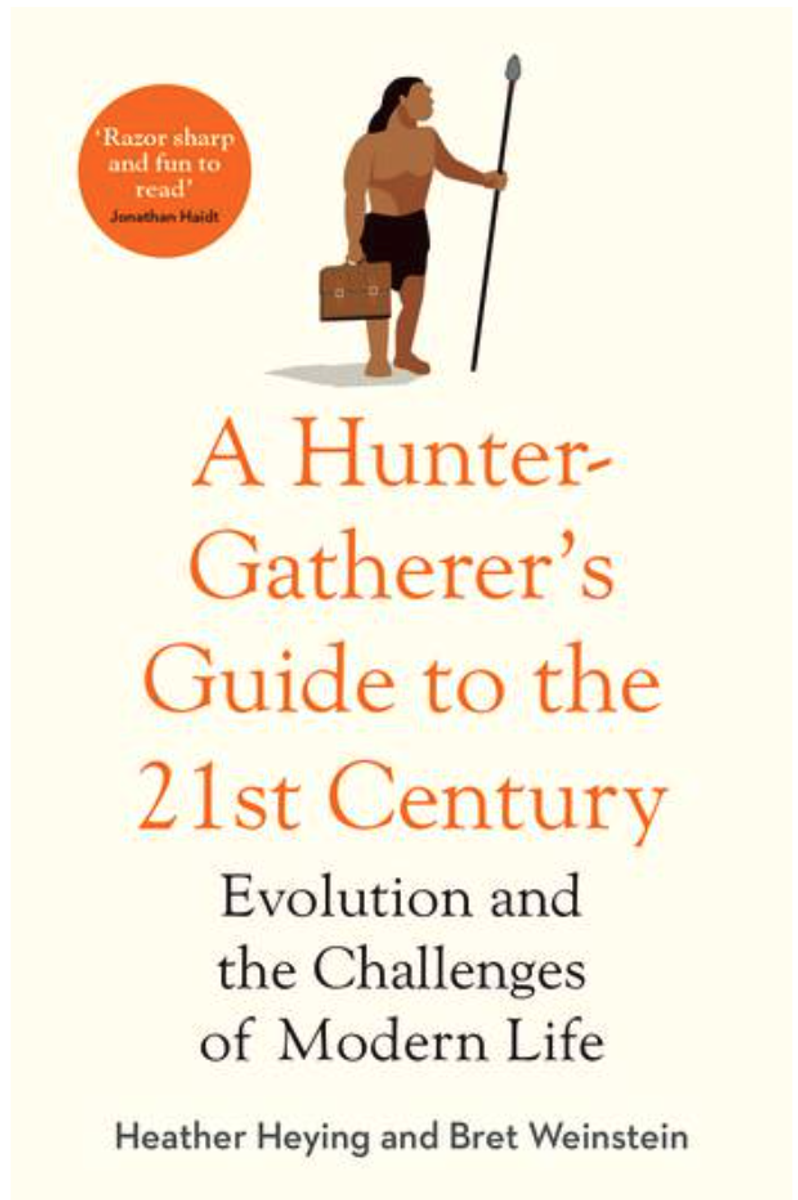Teaching & Learning Page:

Web Pages:
https://ricos.site/posts/diatoms
https://www.tomforth.co.uk/circlepopulations/
Techie Tips:
Sketches:
Trench warfare dominated the fighting in World War I. After the initial hasty digging of trenches in the early days of the war, as each side dug in to defend their lines, trenches evolved to be more complex and sophisticated, including digging them in a stepped or zigzag shape.
Why were trenches dug in a zigzag pattern?
Zigzagging trenches with sharp corners helped remedy several fatal flaws learned from early trench warfare:
1. Zigzags help contain blasts
One of the key advantages of a zigzag trench is its ability to contain blasts. In a straight trench, the blast from mortar or artillery fire would travel unimpeded to either side. However, a trench with frequent bends could confine explosions to smaller portions of the trench, reducing casualties.
2. Zigzags help slow an enemy down after capturing a trench
A straight trench meant that breaching a portion of it gave a long line of sight and the ability to fire down the trench, which could aid attackers. Angles and corners from the zigzag or wavy shape of a trench meant that line of sight was reduced, providing better defensive positions with cover and concealment.
Thus, the simple change from a straight trench to a zigzag trench gave defenders significant advantages, and both sides employed this design during the war. It's painful to imagine the tragic lessons that led to this evolution in design.
I learned about the zigzag trench design from a children's book about WWI: 50 Things You Should Know About The First World War, by Jim Eldridge. It's striking how such a simple design change can have a significant effect. It's also a great example of how a simple solution can seem so obvious in retrospect and yet may take time to develop.
One of the trends of evolution identified in the theory of inventive problem solving that always fascinated me and has myriad applications is how straight lines in products typically evolve to jointed or bent, then wavy lines. As the theory suggests, a straight line has unused potential, and someone will likely find an advantage in introducing a bend or bends. I sketched a similar trend, noting that flat surfaces have unused potential.
The Imperial War Museum has a great 9-minute video explaining trench warfare, which discusses the zigzag or stepped design featured in this sketch.
Writer and filmmaker Astra Taylor explains fauxtomation as "the process that renders invisible human labour to maintain the illusion that machines and systems are smarter than they are." (Faux means false or fake in French).
Taylor gives an example of standing in line to collect food, and the person in front of her expressing amazement at how the app knew his order was done 20 minutes early. The server replies, "I sent you a message."
With the rise of incredible abilities driven by AI chatbots and tools, it's tempting to believe that AI can handle anything. However, in many situations, claims of AI magic and sophisticated automation often disguise work done by people, often outsourced and poorly paid.
An example of fauxtomation is content moderators, whose job is to review and filter objectionable content from the web, when the claim is that sophisticated algorithms and AI are doing the work. Other examples are tagging or searching images, transcribing audio, responding to customer queries, making decisions, or, ironically, training machine learning models. In another twist, ordering on the app or touchscreen at McDonald's or the self-checkout at a supermarket, you, as a customer, become the labour of a server or waiter.
Some have argued that automation polarises work into vast quantities of small, menial tasks, feeding the machines on one end and sophisticated, high-skilled work in designing and maintaining the machines at the other.
Amazon has long offered its Mechanical Turk service, which crowdsources assignments with a distributed workforce—they call it artificial intelligence. The original Mechanical Turk was a hoax from the 1700s where a concealed human chess player fooled onlookers into believing a machine was playing.
As a design and UX professional, I've used the Wizard of Oz prototype technique. Named after the infamous wizard secretly controlling impressive machines from behind a curtain, the idea is to give the appearance of a working software prototype by discreetly controlling what people see based on their actions.
AI promises instant automation, but that's rarely the case. As you work to automate and remove inefficiencies, it's natural that people should support systems. Human-augmented work may be a more appropriate term. In many domains, especially where safety is at stake, such as in self-driving cars, reviewing legal documents, or automated background checks, oversight by people may remain critical.
Alongside the AI revolution, a nearly as significant, yet quiet, revolution is the integration of various tools for automation. Tools like Zapier, Google Sheets, Notion, and the growth of APIs enable us to automate workflows across systems, saving a massive amount of time and effort.
While the vision of machines reducing our labour persists, history shows that they often drive increased productivity instead of reducing work. This echoes Jevons' paradox, where fuel efficiency gains typically result in increased fuel usage rather than reduced consumption.
I saw an excellent talk by machine learning and AI expert James Smith, in which, before trying machine learning ("I hear you have Magic Pixie dust. Can I have some?"), he would ask, "Have you tried 50 IF statements?" These programmed rules will be more maintainable, less complex, and result in responses that are easy to understand.
Article:
4 Odd Brain Hacks That Will Supercharge Your Creativity
Researchers have found that individuals who enjoy their work are more creative and productive.
In post-pandemic times, staying creative and productive without sacrificing your health and well-being is critical. If you can’t take care of yourself first, how do you expect to thrive in your work or life?
Even more important is being able to take care of your brain–that part of you that controls everything you do. When it’s functioning at a high level, like being in a state of flow, it’s magical.
The best thing of all? Anyone can train their brain to enhance its cognitive function, think more clearly and effectively, gain greater insight, and experience more creative breakthroughs.
Here are four things you can do for a more productive and imaginative brain.
1. Put yourself in unfamiliar places
Want to experience more sudden bursts of creativity and insight? Research suggests that the surest way to provoke the imagination is to seek out environments with which you have no experience. Booking your next corporate offsite at a typical conference room in your typical five-star hotel doesn’t create an environment that leads to new insights. Instead, new breakthroughs come from new people and new environments — any circumstance in which the brain has a hard time predicting what will happen next.
2. Daydream
The book "Imagine: How Creativity Works" teaches us to access right-brained thinking as a gateway to more innovative thoughts and creative breakthroughs. One suggested brain hack in the book is to rid yourself of intense focus — a left-brain activity that can trigger stress and hinder your imagination. Instead, the research suggests allowing for more abstract ideas to take shape (a right-brain activity), which will release more creative insight. One way to do this is to practice “productive daydreaming” while engaging in a relaxing activity. Think how many times you’ve come up with something brilliant out of the blue while taking a hot shower or bath.
3. Give employees some freedom to do what they want
Researchers have determined that employees who are given time during the workday to do whatever they want–whether it’s a side project or simply tinkering with something new or a hobby–are far more likely to develop innovative or creative thoughts. This sends an important message that the employer trusts their workers to find solutions and manage their time independently.
4. Let people play
Researchers have found that individuals who enjoy their work are more creative and productive, make better decisions, and have better relationships with colleagues. They are also much less likely to call in sick or show up late to work than people who aren’t having fun. To unlock your creative potential, a study at the University of Toronto suggests incorporating more play activities into your employees' workdays to boost their mood and stimulate ideas. Studies also say that a culture of fun can improve work quality and mental health in five different ways:
Fun breaks up boredom and fatigue. Fun fulfils human social needs. Fun increases creativity and willingness to help. Fun improves communication. Fun breaks up conflict and tension.
Book Recommendation:
A bold, provocative exploration of the tension between our evolutionary history and our modern woes - and what we can do about it.
We are living through the most prosperous age in human history, yet we are listless, divided, and miserable. Wealth and comfort are unparalleled, but our political landscape is unmoored, and rates of suicide, loneliness and chronic illness continue to skyrocket. How do we explain the gap between these truths? And how should we respond?
For evolutionary biologists Heather Heying and Bret Weinstein, the cause of our woes is clear: the modern world is out of sync with our ancient brains and bodies. We evolved to live in clans, but today many people don't even know their neighbours' names.
Survival in our earliest societies depended on living in harmony with nature, but today, the food we eat, the work we do, and even the light we absorb are radically different from what our minds and bodies evolved to expect.
In this book, Heying and Weinstein draw on decades of their work teaching in college classrooms and exploring Earth's most biodiverse ecosystems to confront today's pressing social ills—from widespread sleep deprivation and unhealthy diets to damaging parenting styles and outdated education practices. A Hunter-Gatherer's Guide to the 21st Century outlines a science-based worldview that will empower you to live a better, wiser life.

